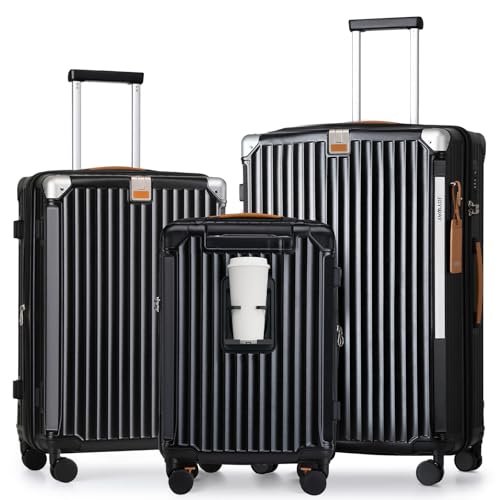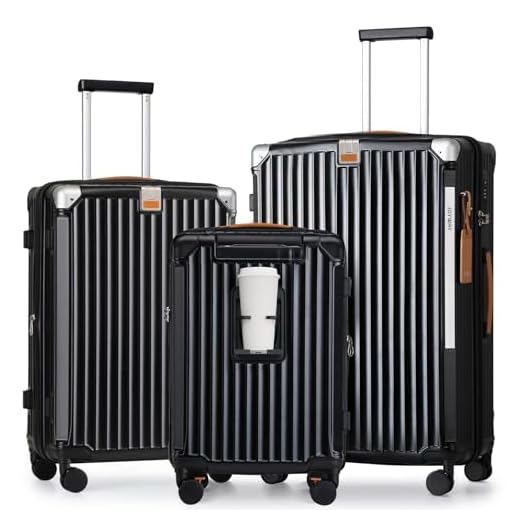Transporting power saws in checked baggage is prohibited on most airlines due to safety concerns related to sharp blades and potential hazards. It is crucial to check specific airline regulations, as policies around tools and equipment can differ widely.
For air travel, consider shipping the equipment through authorized courier services specializing in tool transport. This option ensures compliance with safety standards while providing the necessary protection during transit.
Always remove the battery and fuel beforehand if applicable, as these components must not be included in any checked or carry-on items. Additionally, secure all parts adequately for shipping to prevent damage.
Contact your airline directly for comprehensive information regarding any exceptions or additional requirements related to transporting such equipment. Stay informed about current regulations related to hazardous materials as they can vary based on destination.
Understanding Airline Regulations on Hazardous Goods
Airlines strictly regulate the transportation of dangerous items. Tools and equipment that can cause injury or damage are classified as hazardous materials. When transporting such items, understanding specific guidelines is mandatory to avoid complications.
Classification of Hazardous Materials
Items categorized as hazardous often include sharp tools, flammable substances, and other potentially dangerous equipment. Each airline follows regulations set by aviation authorities, such as the International Air Transport Association (IATA) and Transportation Security Administration (TSA). Checking with individual airlines for their specific policies is crucial.
Essential Guidelines
| Type of Item | Allowed in Carry-On | Allowed in Checked Baggage |
|---|---|---|
| Sharp Instruments | No | Usually (check airline rules) |
| Flammable Liquids | No | No |
| Machinery/Tools | No | Generally (must be packed securely) |
Always secure items to prevent movement. Adherence to packaging requirements and airline stipulations minimizes risks and ensures safer transit. Consulting the airline directly before travel can provide clarity on allowed items and any special preparations needed.
Checking Carry-On vs. Checked Baggage Policies
Review airline guidelines to determine specific protocols regarding tools and equipment. Generally, tools with blades or sharp edges are restricted in carry-on compartments. It is advisable to place such items in checked bags where regulations are less stringent.
Size and Weight Restrictions
Each airline has its own size and weight limitations for baggage. Ensure compliance with these rules when selecting items to place in areas designated for personal belongings. Measure dimensions accurately to avoid unforeseen fees at the airport.
Fees and Additional Costs
Check whether your chosen airline imposes charges for extra or oversized baggage. Budget accordingly, as fees can add up quickly, especially for larger items. Consider alternatives for senior travelers by exploring options such as best luggage for senior travelers to facilitate easier transport of personal belongings.
Preparing Your Chainsaw for Safe Transport
Remove the fuel and oil from the unit before travel. Most airlines prohibit flammable liquids, so drain the fuel tank completely and ensure there’s no residual oil in the casing.
Disassemble the equipment as much as possible to minimize space and prevent damage. Remove the guide bar and chain, pack them separately, and ensure they are secured to avoid movement during transit.
Wrap all components carefully in bubble wrap or similar padding material. This additional cushioning protects the items from impact and scratches while being handled by airport personnel.
Utilize a sturdy container or toolbox to store your equipment. Ensure that the container is locked and labeled with your name and contact information for easy identification.
Labeling and Documentation
Clearly label your container with a marking like “Tools” to assist in identification and avoid potential miscommunication with airline staff. Include a copy of relevant documentation, such as purchase receipts or manuals, to clarify the object’s non-hazardous nature.
Check Local Regulations
Familiarize yourself with the regulations of your destination regarding the import of tools. Some regions may have specific rules that could affect your ability to carry such items. Always conduct this research well in advance of travel to avoid surprises at the airport.
Customs and Security Protocols to Consider

Review customs regulations in both departure and arrival countries before travel. Many jurisdictions have strict rules regarding the transport of tools and potentially hazardous items. Check for specific items that may be prohibited or require special permits.
Security screenings at airports often involve detailed checks. Expect to declare specific equipment upon entering the security line. Keeping documentation, including purchase receipts or certificates of ownership, can expedite processing if questioned.
Be aware of limitations on fuels and lubricants in checked baggage. Most airlines prohibit flammable substances, which could lead to confiscation. Consider draining fluids completely and cleaning the equipment to ensure compliance with regulations.
Different countries apply various standards; review the International Air Transport Association (IATA) guidelines regarding the transportation of tools and sharp objects. Local customs authorities may also provide relevant information.
Anticipate potential fees for excess baggage or special handling, especially if the equipment exceeds standard size or weight limits. Arrive early to handle any additional scrutiny or delays that may arise during security checks.
Communicate with the airline directly for specific information about their protocols. Each carrier has distinct policies that may change frequently, making direct inquiry the best approach to ensure smooth travel.
What to Do If Your Chainsaw Is Confiscated
Upon confiscation of your saw, first, request an explanation from security personnel. They are obligated to inform you about the reasons for confiscation, which can assist in addressing any misunderstandings.
Next, collect any relevant documents, such as boarding passes or baggage claim tickets, to support your case. These may be necessary if you decide to follow up on the situation later.
Contact the Airline
Immediately reach out to the airline’s customer service department. Report the incident and inquire about their policies on reclaiming items that have been taken. Some airlines may have specific procedures for retrieving personal belongings.
Report to Local Authorities

If you believe the confiscation was unjustified, contact local traveller assistance services. They may provide guidance on how to pursue a complaint and can intervene on your behalf.
Consider utilizing storage facilities, such as the best luggage storage near Penn Station, for your tools prior to travel, preventing similar issues in the future.
Finally, educate yourself on tools regulations by reviewing guidelines issued by your airline and security agencies. Understanding the rules will help you avoid future incidents.
Additionally, while waiting at the airport, look into options for pet gifts, like the best advent calendars for dogs, to keep yourself occupied and cheerful during the travel experience.








